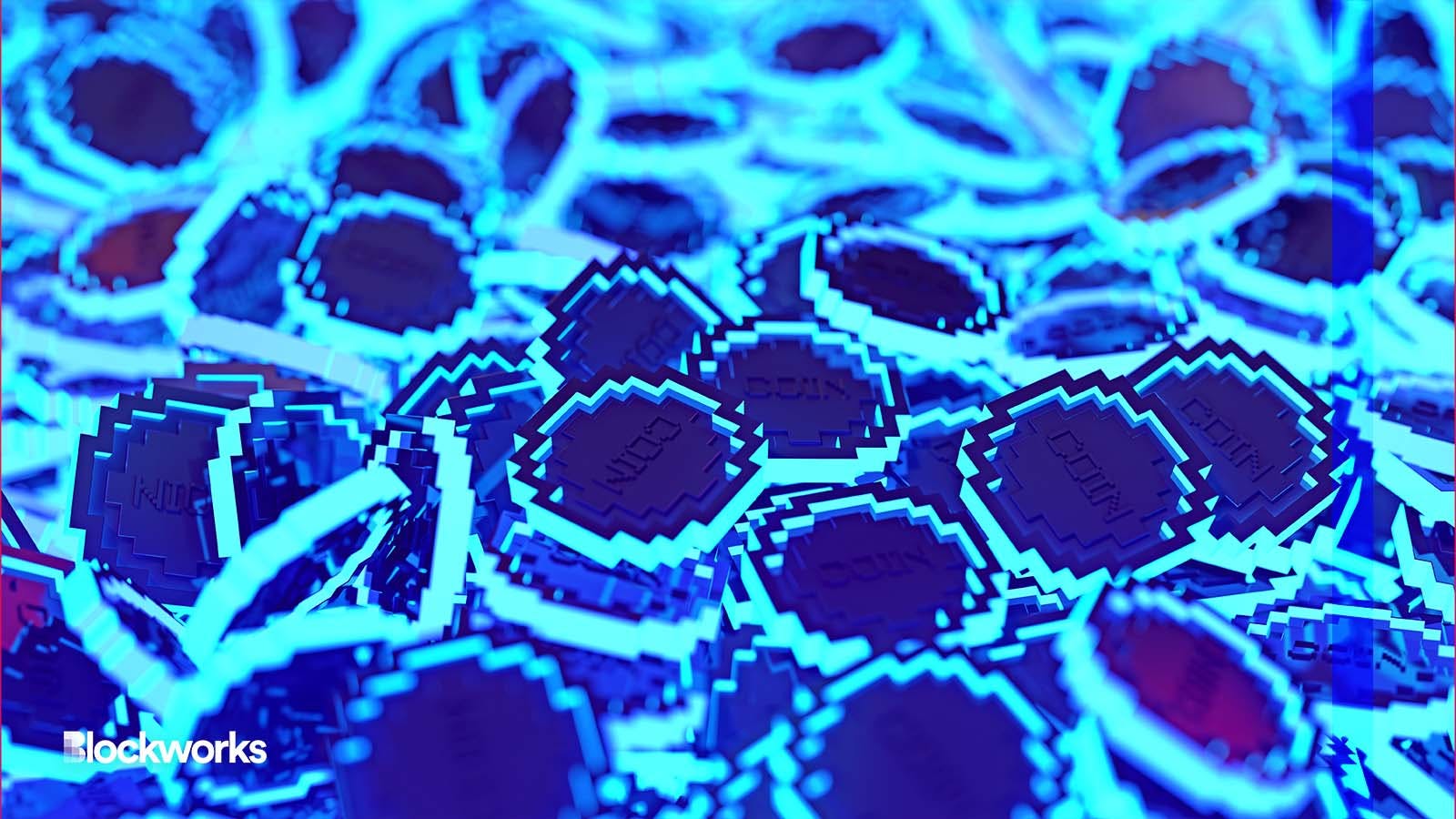Crypto’s Dead Coins Are Portfolio Pitfalls, Though 2023 Proves Hopeful
More than half of all coins introduced every year between 2013 and 2018 no longer exist, according to CoinKickoff

whitehoune/Shutterstock.com modified by Blockworks
Last year was a rough one for crypto. To say the least.
This year, the long-term viability of the protocols that survived — if not unscathed — remains in doubt, according to a new report encompassing a decade of data.
Research compiled by educational outlet CoinKickoff shows more than 90% of digital assets spun up since a previous crash in 2014 have since been abandoned by investors and developers alike.
Hot on the heels of a bitcoin surge in 2013 — when the cryptocurrency leapt from $150 to a November peak of $1,000 — roughly 793 new tokens joined the fray by the end of the following year.
According to CoinKickoff research, most newcomers met their eventual demise due to dipping trading volumes or even abject abandonment. There’s at least one notable surviving exception: meme asset dogecoin (DOGE).
“Many opportunistic attempts to corner the early crypto market ended in failure,” the research platform said in its report, Along those same lines, data from “dead coin” follower Coinopsy found digital assets tend to have remarkably short lifespans — averaging just 15 months.
More than half of all coins introduced every year between 2013 and 2018 no longer exist, according to CoinKickoff.
Coinopsy defines dead coins as cryptocurrencies that have been used as scams, experienced prolonged downtime on an associated website or nodes, lack social updates or possess low trade volume.
Then, of course, came the ICO era, which all but took over digital assets in 2017. That’s also when bitcoin reached new all-time highs around $20,000. And those 365 days marked the emergence of scammers from the digital woodwork.
Of all newly created coins that year, 17% turned out to be fake (typically created to “pump the bags” of their creator) — the highest figure ever recorded.
By comparison, roughly 10% of all coins created in 2015 were deemed fraudulent, while in 2018, 9.6% of newly created coins were designed to fleece investors, data shows.
The silver lining is that just 16 cryptos launched in 2020 have since gone under — perhaps one indicator that the industry is growing up.
Backing that sentiment, trademark attorney Mike Kondoudis found that recent US crypto trademark applications have ballooned to 5,383, a 50% year-over-year jump, from 2021 to 2022. The picture is far from total.
Over 12,000 individual cryptocurrencies are now on the market. History would suggest most are destined to fail or fade away. Bitcoin’s resiliency over the years has proved the asset class’ staying power, though significant investor pitfalls remain.
In each subsequent bear market triggered by a significant event — as seen by FTX, Three Arrows Capital and crypto lenders in 2022 — regulation tends to stiffen.
Most projects now avoid launching an ICO and instead opt for other means to raise funds — courtesy of a tightening regulatory regime in the US and worldwide, as well as prosecutors and securities regulators doubling down on their scrutiny of those methods.
US prosecutors have begun to increasingly target bad actors, scammers and hackers while exchanges have had to address hurdle after hurdle to prove their legitimacy and viability when it comes to listing tokens for the first time.
Though dead coins over time remain a threat to any investor’s portfolio, the crypto regulation is slowly changing. Still, a growing chorus of digital asset proponents of late have been parsing the likelihood of those incremental shifts going from zero to 60.
Get the news in your inbox. Explore Blockworks newsletters:
- The Breakdown: Decoding crypto and the markets. Daily.
- 0xResearch: Alpha in your inbox. Think like an analyst.






